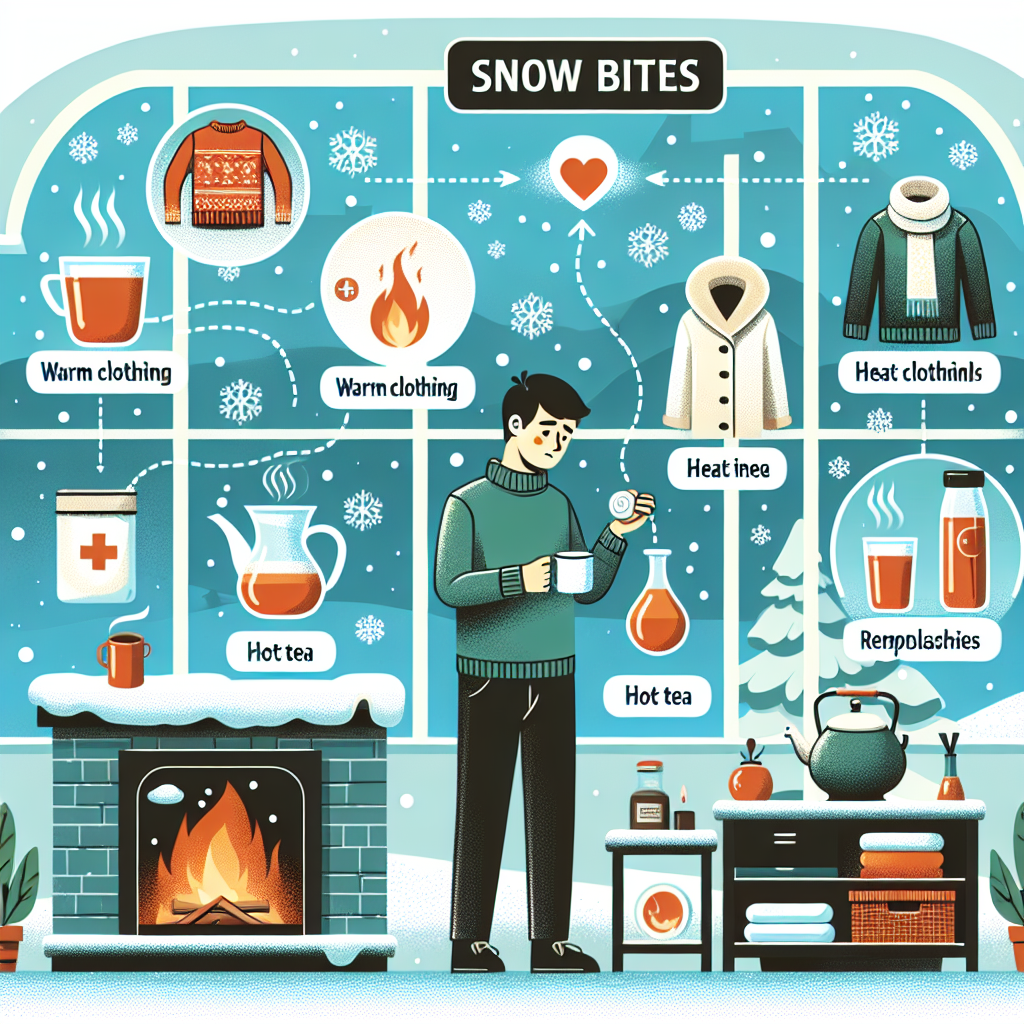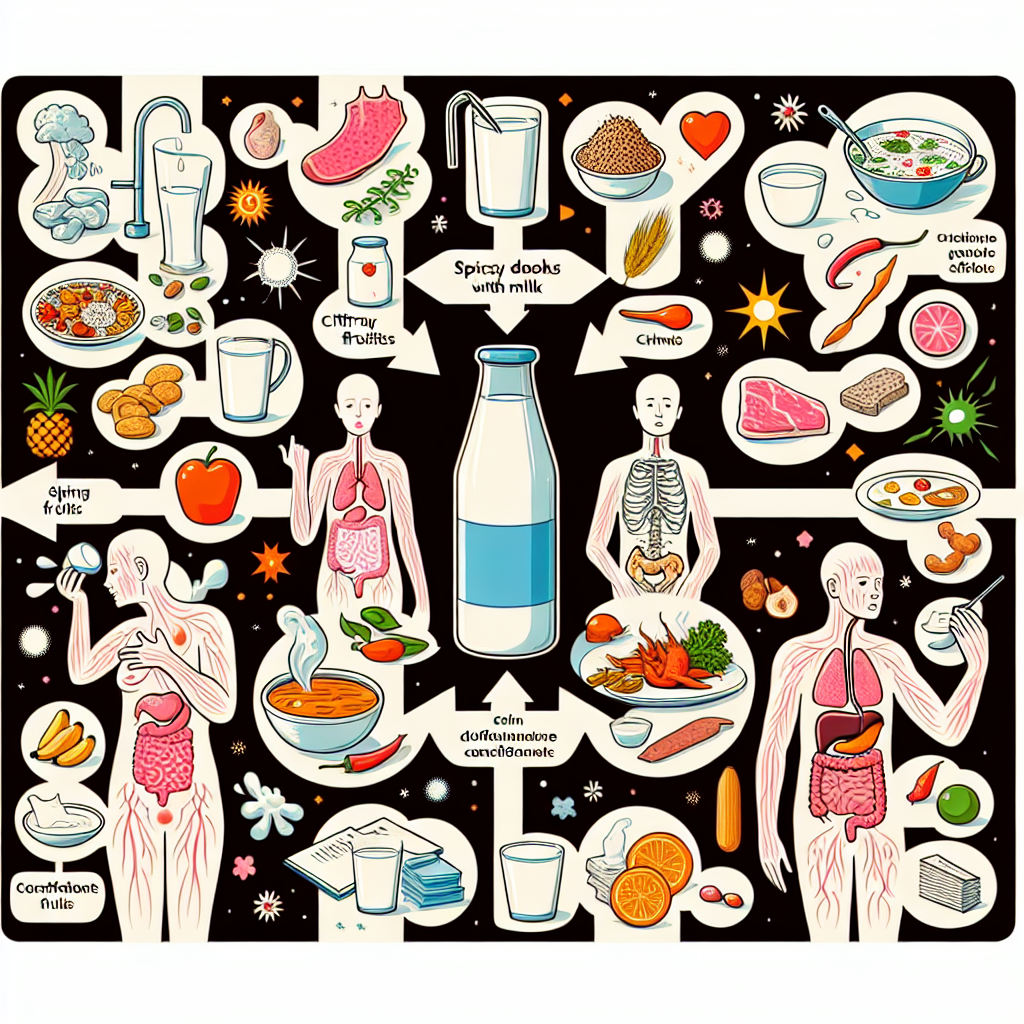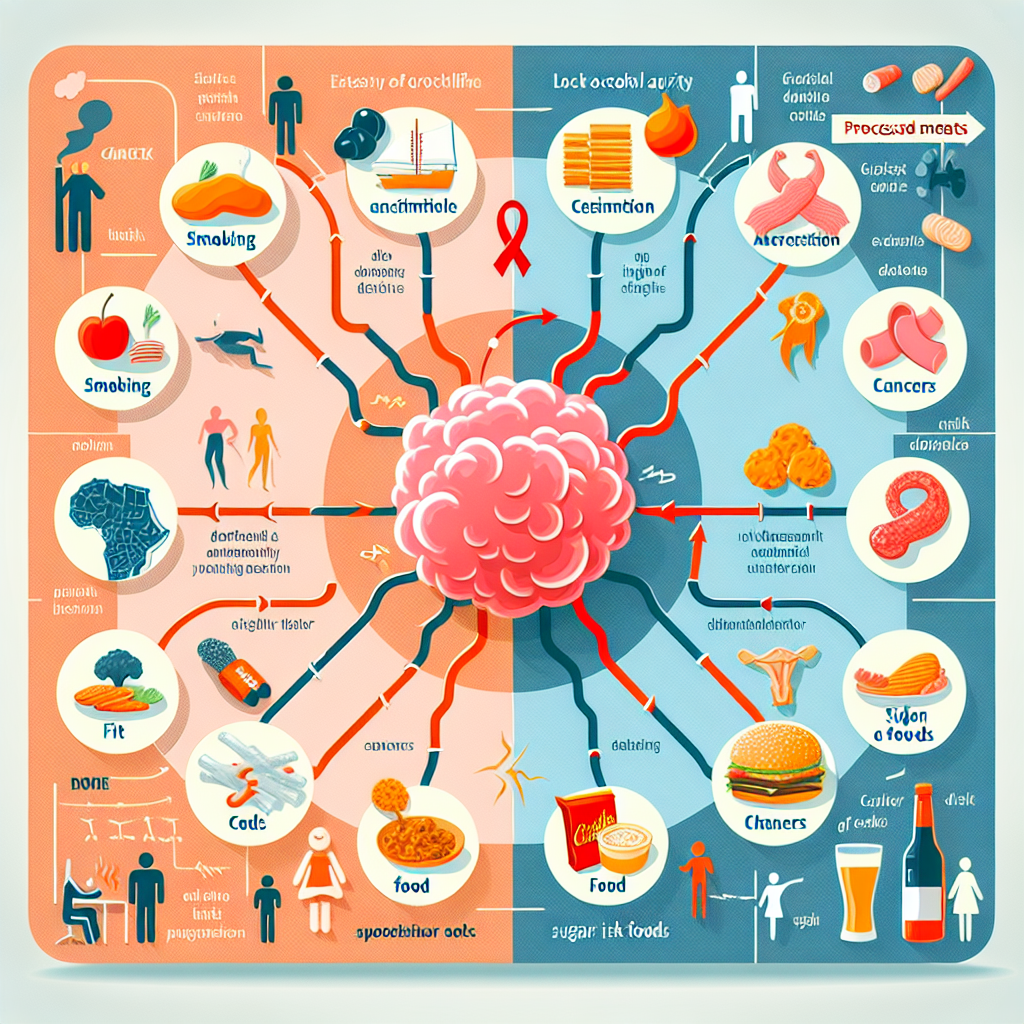quick and simple hacks to treat snow bite
1. Understanding Snow Bite
Snow bite, commonly known as frostbite, occurs when skin and other tissues freeze due to prolonged exposure to cold temperatures. When skin gets too cold, it can lead to ice crystals forming inside cells, damaging them. While mild frostbite can cause pain and discomfort, severe cases can lead to permanent damage. Research suggests that around 2000 people in the U.S. seek medical treatment for frostbite annually, illustrating its impact, especially during extreme weather conditions.
2. Identifying the Symptoms
Recognizing the symptoms of snow bite is crucial for timely intervention. Early symptoms may include redness or pain in the affected area, followed by numbness. As the condition progresses, skin may appear white or grayish, and blisters could form. In severe cases, movement may be restricted, signaling the need for immediate medical attention. Knowing these indicators can help you act quickly, improving recovery chances.
3. Get Indoors
One of the simplest and most effective hacks for treating snow bite is to move indoors to a warmer environment immediately. The sooner you can get away from the cold, the better it is for your skin’s health. If layers of clothing are damp, change into dry garments to help restore body warmth efficiently. On average, individuals exposed to temperatures below freezing for over 30 minutes are at significant risk for frostbite, making this step critical.
4. Gradual Rewarming
Once indoors, rewarming the affected areas is essential, but doing it gradually is key. Rapid warming can lead to additional damage. Instead of immersing the frostbitten areas in hot water, use lukewarm water at temperatures between 100°F to 105°F. Soaking affected areas for about 30 minutes can help restore blood circulation. Aim to rewarm gradually, as statistics indicate that controlled heating reduces the risk of complications.
5. Stay Hydrated
Hydration plays a critical role in recovery from snow bite. When exposed to freezing temperatures, the body can become dehydrated, leading to slower healing times. Drinking water or warm fluids can help rehydrate your system. Various studies have shown that staying well-hydrated can significantly boost blood circulation, which is essential for healing frostbitten areas.
6. Protect the Skin
Caring for your skin should be a top priority when treating snow bite. Applying a gentle moisturizer can hydrate the skin and promote healing. Avoid using alcohol or rubbing your skin vigorously, as these actions can exacerbate irritation. Look for lotions that contain natural ingredients like aloe vera which have soothing properties. A notable statistic reveals that frostbite complications are reduced by about 30% when proper skin care routines are followed.
7. Avoid Smoking and Alcohol
Both smoking and alcohol can constrict blood vessels, impeding circulation and prolonging recovery time. Smokers have a higher risk of developing frostbite complications due to reduced blood flow. Avoiding these substances during recovery will ensure that blood can circulate freely and reach damaged tissues quicker. Studies have shown that individuals who refrain from these habits after frostbite incidents experience a faster recovery.
8. Seek Medical Attention
For more severe cases of snow bite, seeking medical attention is essential. If the skin appears black or dead, or if blisters develop, don’t delay in contacting a healthcare professional. Experts recommend that medical intervention should not be postponed as early treatment can prevent irreversible damage. In fact, about 10% of frostbite incidents lead to amputations if not treated properly, stressing the importance of timely care.
9. Pain Management
Dealing with the pain associated with snow bite can be daunting, but over-the-counter medications such as ibuprofen or acetaminophen may help. Always adhere to recommended dosages and consult a healthcare provider if pain persists. Statistics show that around 40% of frostbite patients report significant pain during recovery, indicating the necessity of pain management strategies.
10. Monitor Your Recovery
After treating snow bite, keeping a close watch on how the affected areas are healing is vital. Look for signs of infection, such as increased redness, swelling, or pus. Early detection of complications can lead to more effective treatment. Research indicates that almost 20% of frostbite patients experience complications that require follow-up care, highlighting the need for monitoring recovery closely.
11. Utilize Aloe Vera
Aloe vera is known for its soothing and healing properties, making it an excellent choice for treating snow bite. Applying pure aloe vera gel to affected areas can reduce inflammation and promote healing. Clinical research suggests that at least 75% of patients using aloe vera as part of their skincare during recovery report reduced pain and faster healing times. Always opt for natural forms of aloe vera to maximize its benefits.
12. Dress Appropriately Next Time
Preventing snow bite involves dressing appropriately in layers, ensuring warmth and protection against cold winds. Use moisture-wicking fabrics for insulation and always wear hats, gloves, and thermal socks. Studies estimate that around 90% of frostbite cases occur due to inadequate clothing. Learning from past experiences will go a long way in preventing snow bite during future wintry outings.
In conclusion, while snow bite can be distressing and painful, understanding how to treat and prevent it can significantly ease the recovery process. From staying hydrated to seeking prompt medical attention, the strategies discussed will not only help in managing snow bite but also provide insights into how to prevent it in the future. Taking these preliminary steps can ensure that you stay safe and warm throughout the cold months ahead.




Post Comment